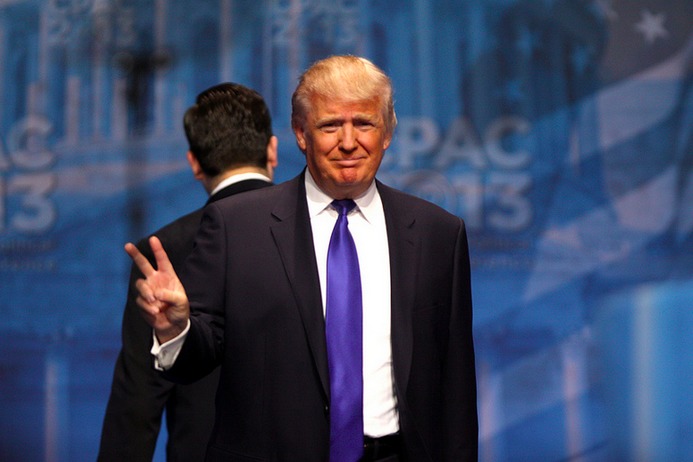This has been a year of black swan events and abrupt market shifts for global investors.
Before your smartphone calendar shifts to 2017, here’s a quick reprise of four seminal events that impacted portfolios worldwide.

China
The Chinese stock market started the year in a free-fall.
In the first week of trading, steep market declines set off circuit breakers at the Shanghai Stock Exchange that led to two abbreviated trading sessions and a 12 percent tumble in the benchmark CSI 300 Index by January 7th.
Chinese corporate debt levels and an overheated property market were among the culprits, prompting the government to loosen credit conditions.
That restored calm through most of the year–until it didn’t.
In mid-December, volatility is back in China’s financial markets.
The Shanghai Composite Index has swooned and is down by double-digits for the year as of December 19. The yuan has fallen toward an eight-year low, while government bonds tumbled.
Brexit
Few market participants predicted that Britain would choose to leave the European Union in a referendum on June 23.
The immediate market reaction was fast and furious and British Prime Minister David Cameron resigned.
Sterling had its biggest drop in the era of free-floating currencies, equities fell and gold jumped as the news reverberated across asset classes.
But then the markets rebounded. The sterling is still down, double digit levels on the year as of December 19, but the overall market reaction has been muted.
Trump
Donald Trump’s surprise victory also caught many market participants flat-footed, but the market reaction in the US has been positive.
Trump is promising a barrage of reflationary policies: some $1 trillion in infrastructure spending, tax cuts and repeal of Dodd-Frank regulations on financial firms.
Both the S&P 500 Index and Dow Jones Industrial Average are up more than 10% on the year through December 19. The dollar has also soared against major currencies.
In my opinion, the Trump bump seems likely to carry on into 2017. However, if the new president doesn’t deliver, market sentiment could turn negative in a flash.
The Fed
On the flip side, the US Federal Reserve has signaled for weeks that it was ready to resume normalizing rates in December, and it did just that a recent policy meeting with a 25 basis point hike in benchmark Fed Funds rate.
With more hikes likely in 2017, US consumers will see interest rates on auto and home loans head higher.
Yet the Fed’s shift toward a tighter monetary policy also has global implications that will impact money markets in Asia and Europe.
Emerging market companies that piled on dollar debt in recent years may be vulnerable. In my opinion, one thing is sure: The mega-events of this year will shape the outlook in 2017.
Photo Credit: Gage Skidmore via Flickr Creative Commons



